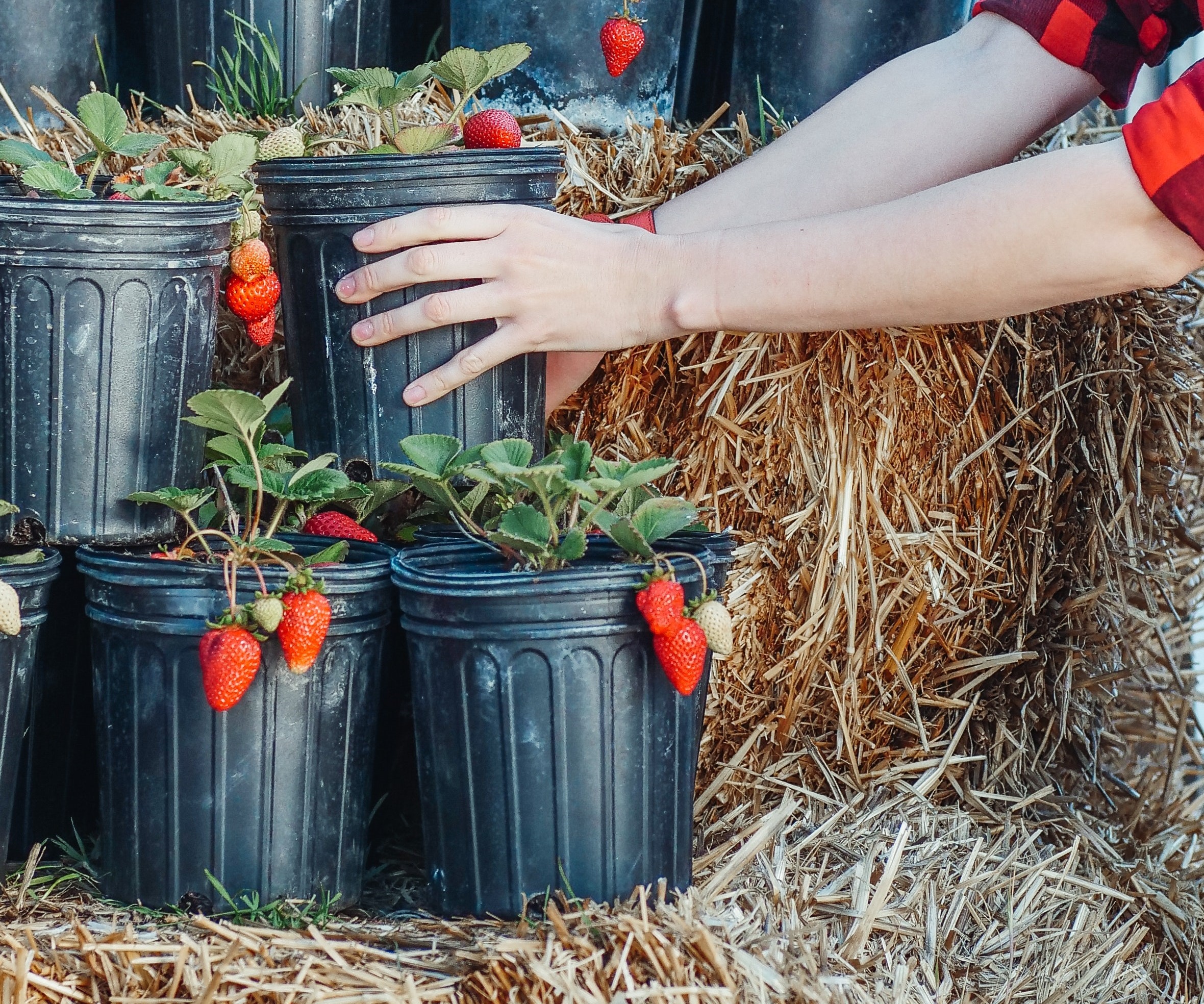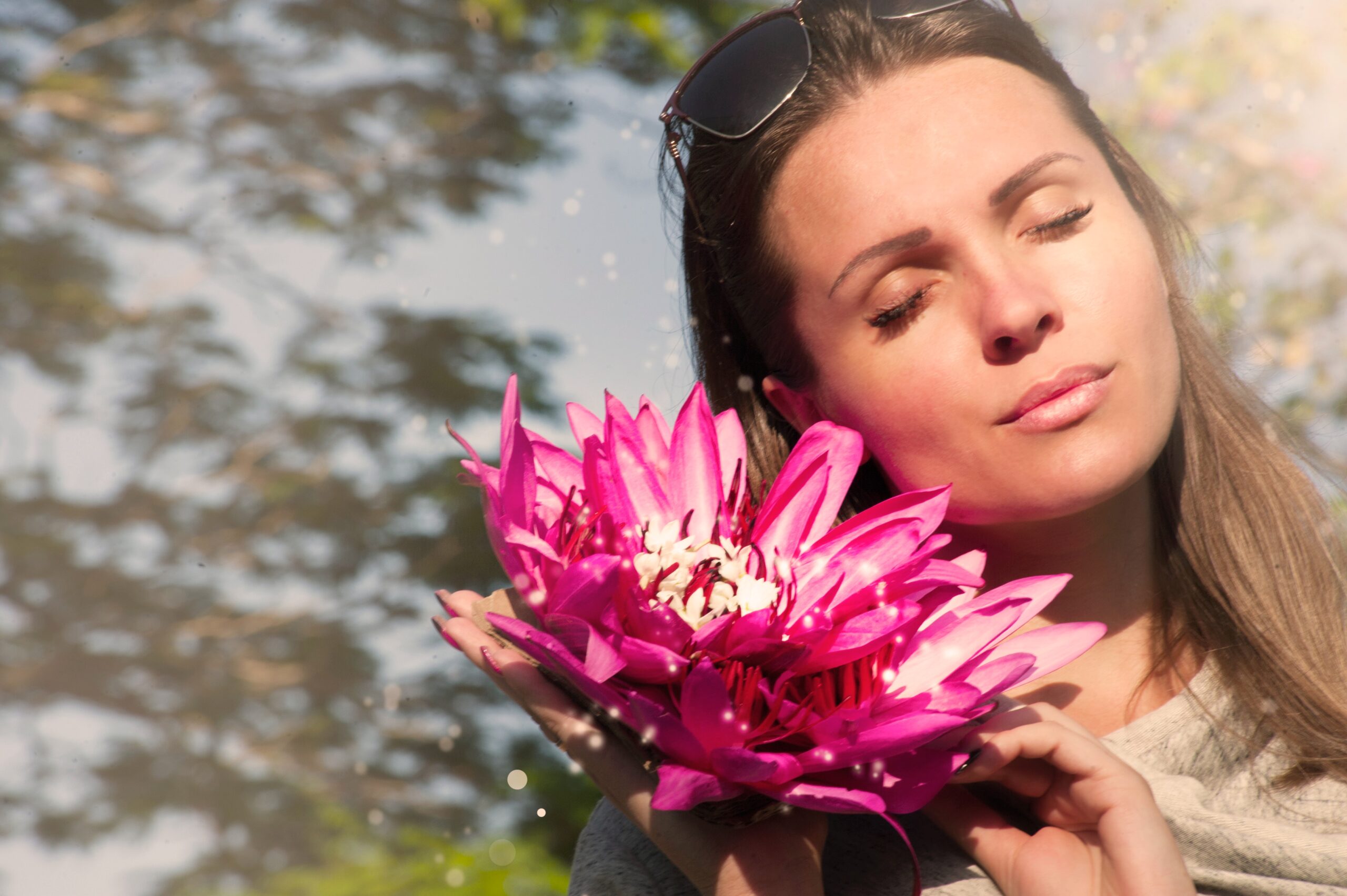Have you thought about having delicious and beautiful strawberry plants in containers at your home? They can grow easily in pots and take up less space. They are perfect for a kitchen garden or balconies, for example.
Growing strawberry plants off the ground can help reduce pest problems that prevent garden chemicals, such as pesticides and herbicides, from hitting your plants.
Before talking about strawberries in pots, I will briefly introduce the botanical characteristics of this plant.
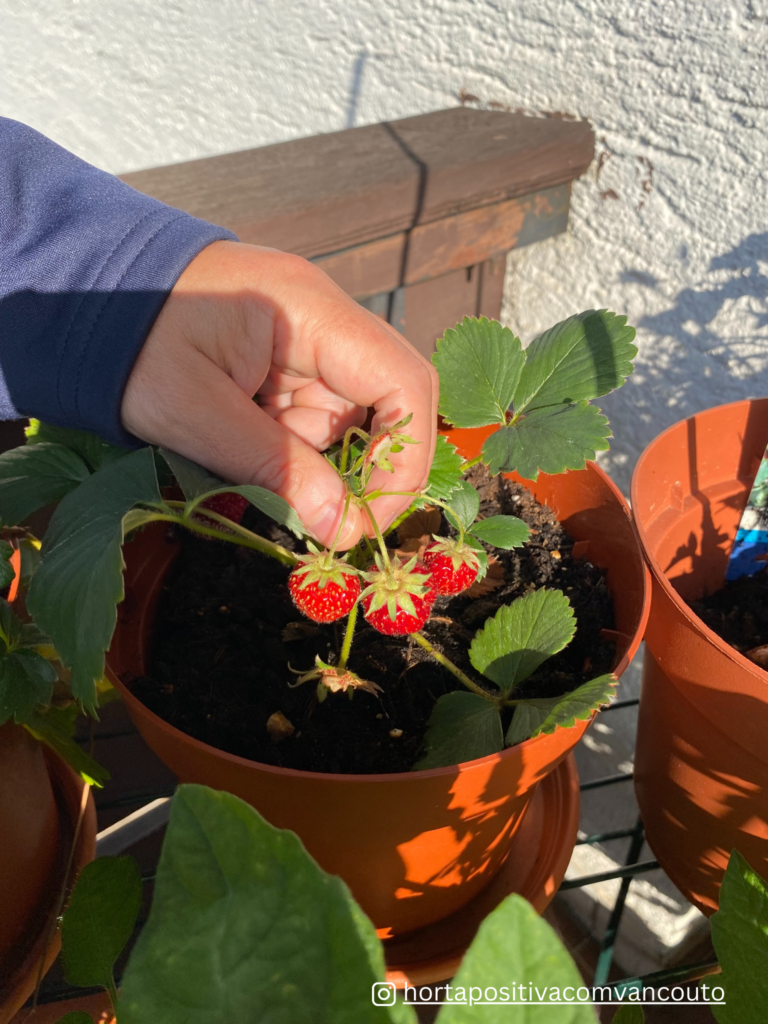
Botanical Characteristics
The strawberry is a widely grown hybrid species (mix of different species) Fragaria × ananassa, genus Fragaria, botanical family Rosaceae (same family as the roses). It is a perennial plant native to Europe. Wild strawberries occur from up the alpine mountains to woodlands. The genus Fragaria is the common one for different species of wild strawberries.
The garden strawberry is an “aggregate accessory fruit, ” not a berry. That means that the fleshy part is derived not from the plant’s ovaries but from the receptacle ( where the flower parts are attached) (1). Each apparent “seed” outside the fruit is one of the flower’s ovaries with a seed inside it.
Type of Gardening Strawberries
There are three types of strawberries (2) :
- June-bearing strawberries are the most common type and produce the largest fruits and large yields. Besides, they have larger numbers of runners than everbearing varieties. The one main crop will give you fruits in the early summer for roughly two weeks.
- Everbearing plants produce two smaller crops and a few runners, one in June and another in early fall.
- Day-neutral varieties produce smaller fruits sporadically (two to three harvests) throughout the growing season and fewer runners than June-bearing varieties.
More varieties of June-bearing plants are available than everbearing or day-neutral. It is difficult to tell the difference between the types just by looking at them, so make sure you chose the right type of strawberry before purchasing.
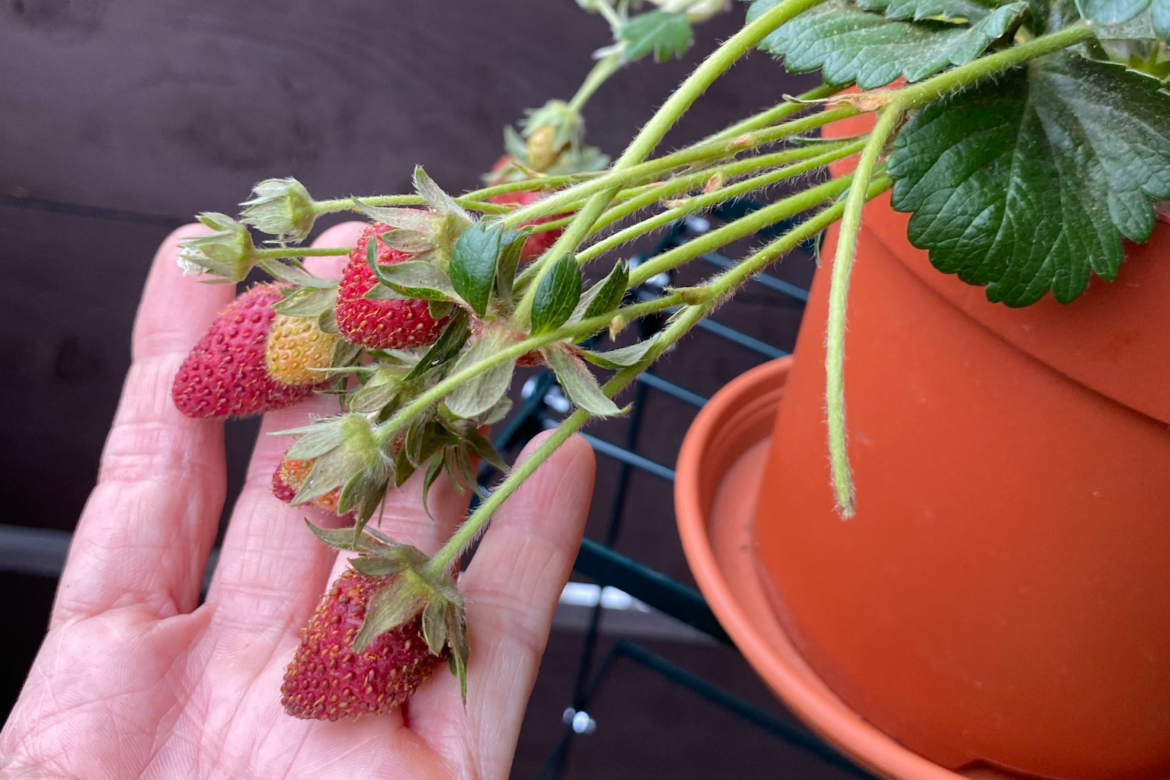
Where and When to Plant
Strawberries are one of the first plants that come up in the spring. The fruits appear when the weather warms up to announce summer’s arrival. You can grow plants from the seeds or clip the runner and plant that.
For June-bearing varieties(2) it is recommended to remove the blooms from the first year to encourage healthy root systems and vigorous runners.
For everbearing and day-neutral plants(2) blooms should be removed through June of the first year, but allow the plants to bloom and set fruit after June.
If you want strawberries in the first season, plant everbearing or day-neutral varieties or plant June-bearing in combination with one of the other types. Planting an assortment of types will not change the flowering or yields of any type.
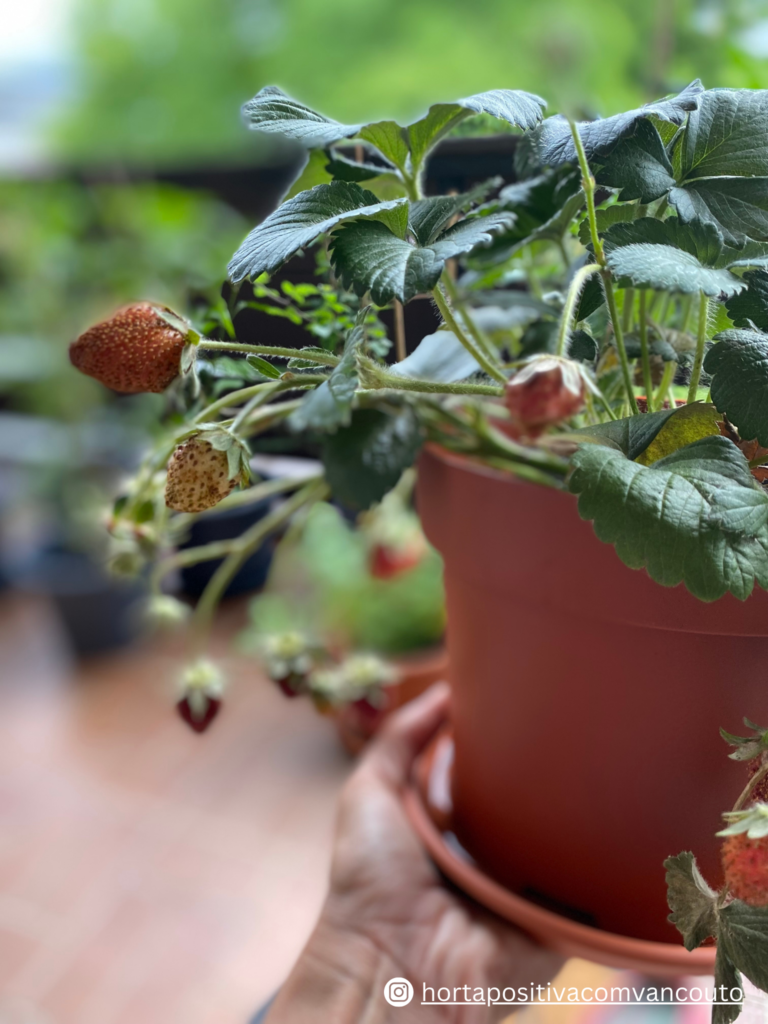
Pot Size and Type
One with good drainage, with numerous drainage holes at the bottom or numerous holes throughout the container, is the best for growing strawberry plants.
Strawberries may fit in small pots at least six inches deep since they have a small root ball. You should expect to get four to five strawberries per plant in a hot year. Try planting them in a long, narrow pot if you want more plants; this will encourage the plant to send out runners, eventually developing into full plants. However, you will need water more frequently the smaller the container.
It’s recommended to put everbearing strawberries in a raised bed made of wood instead in a container if you wish to grow them.
Strawberry plants dislike too hot temperatures. Pick a light-colored container if you live in hot/tropical climates to keep the roots cooler.
Get the plants ready
You can use transplants or bare-root crowns. If you choose transplants, you must wait for dormant bare-root crowns to grow leaves and become established. Plant up to three strawberry plants per square foot of soil since strawberry plants prefer to be open.
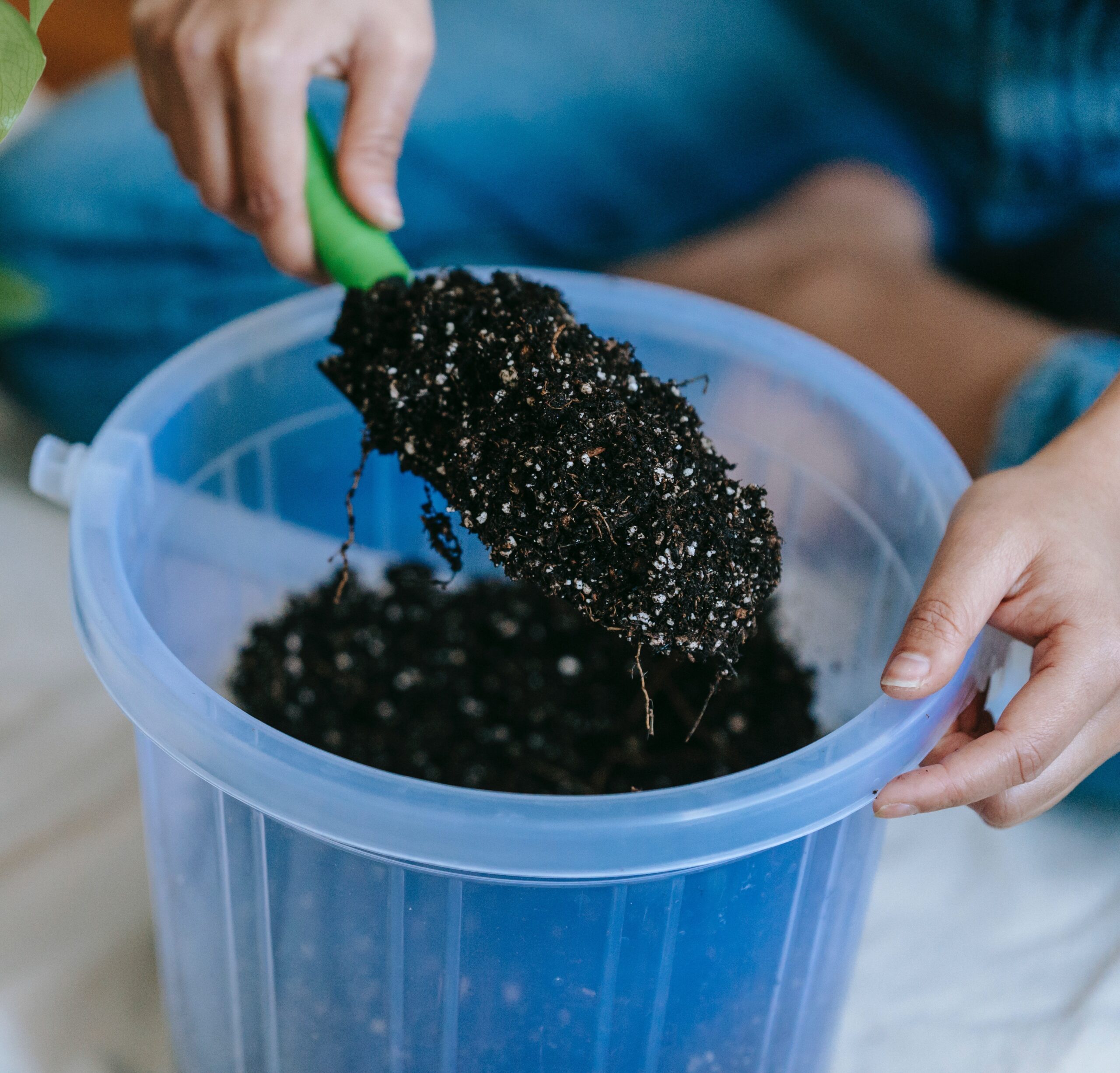
Soil For The Container
A loose, loamy potting mix that can store moisture and drain any extra water is the ideal soil for strawberries grown in containers. Use a pot with a drainage hole in the bottom.
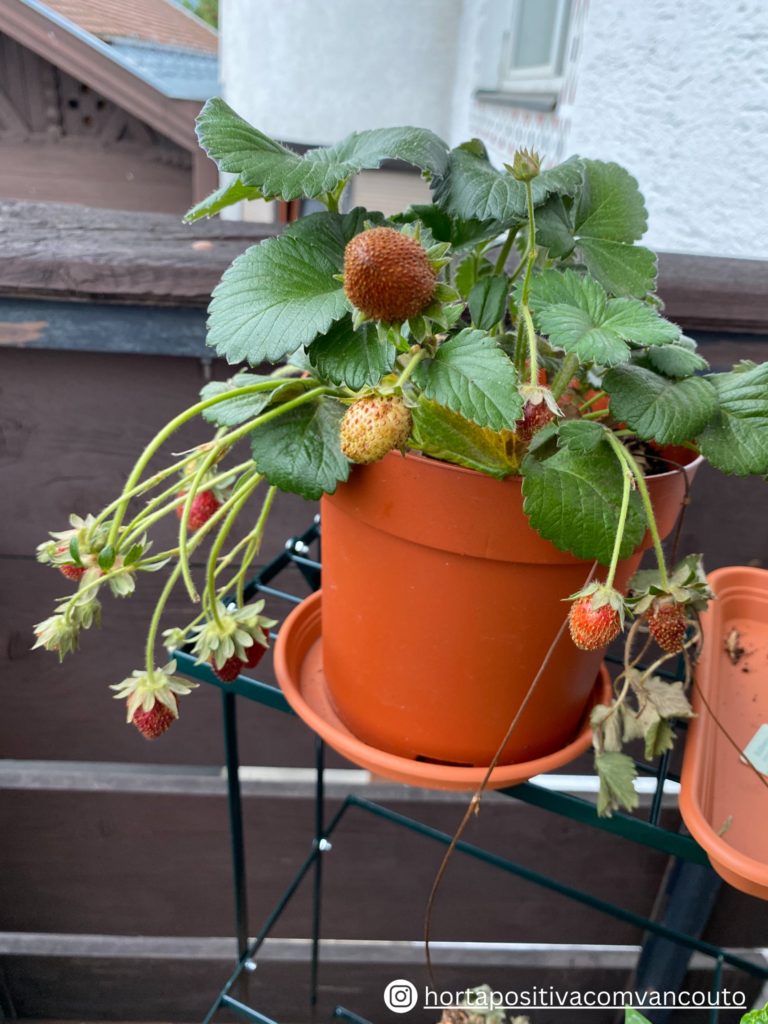
Where To Place The Pots
To produce a lot of blooms and fruits, place the pot somewhere that gets at least eight to twelve hours of sun every day. To ensure that the plants grow uniformly when only one direction of light is available, rotate the container every three to four days if possible. Ensure the plants are shielded as well.
Water Your Plant
Water your strawberries every time the soil feels dry, about an inch below the surface, or about twice per week. The strawberries do not like too much water. The soil shouldn’t be wet. Keep the soil slightly wet but not saturated to provide the ideal climate for fruits to form.
The soil in containers tends to dry out more quickly than the soil on the ground. As a result, prolonged heat and dry conditions may call for twice-daily watering
Fertilize Your Plants
In general, food plants in container need some additional nutrition. Give your strawberries a balanced liquid or solid fertilizer feeding every three to four weeks to keep nitrogen levels up in your berry planting.
To fertilize organically, you need to maintain productivity and nitrogen ranges(3). Fishmeal, soybean meal, and alfalfa meal are great source of nitrogen. Aged manure is also a good option; however, you can only add a little nitrogen to strawberries. Excessive amounts of nitrogen can reduced fruit production and kill or burn strawberries. Please, do not place raw, sparkling chicken manure on strawberries (or other nitrogen-rich fabric).
How to Harvest
When they are ripe and ready, they will fall off easily into your hands. The home garden strawberries are more sweeter and tasty than the strawberries bought at the supermarket.
Strawberry Plants Care During Winter
In the fall, you should mulch the pot completely so the plants are protected and can survive the winter if you live in a temperate climate. Remember that they are perennial, so the plants can live for years if you water them and mulch them accordingly.
In the winter, the roots can freeze in colder areas, so ensure your containers will not crack if left out in freezing temperatures. An alternative is moving the containers into a garage or a protected area during the cold weather. Water when the soil becomes too dry.
Final Thoughts
Strawberry plants are a great addition to your home garden. They are beautiful plants and do not demand too much care after they are established. Feed and water your plants properly so they will produce delicious and nutritious fruits.
Let’s eat strawberries and grow them for better health!! Share your comments bellow! 🙂

